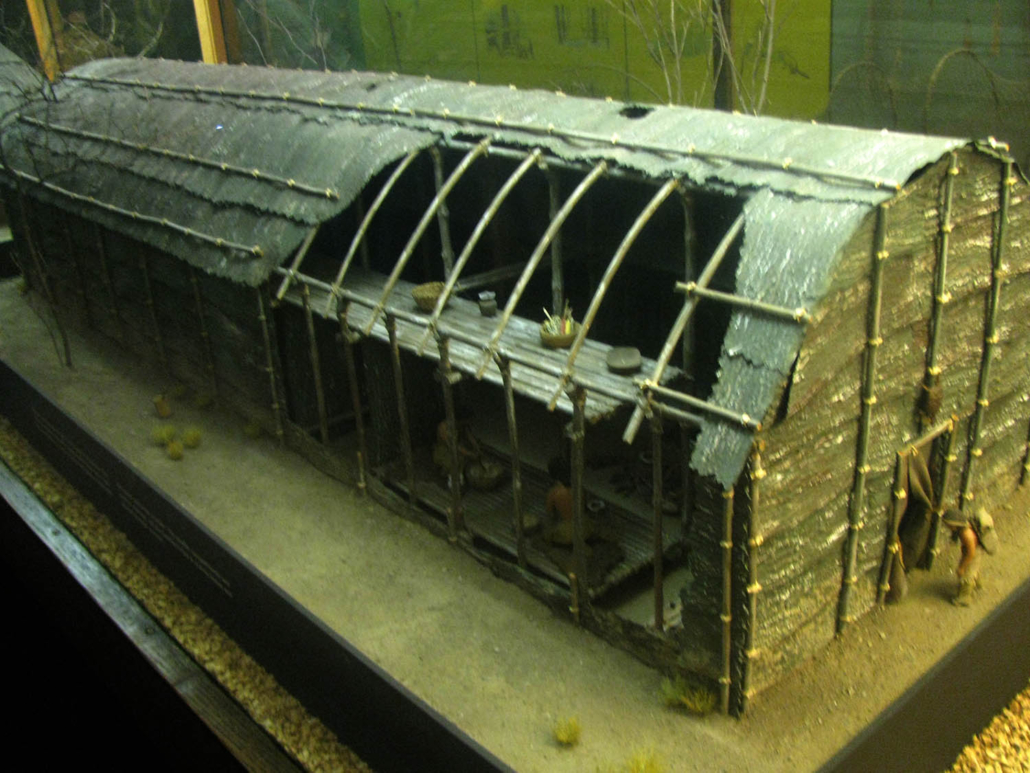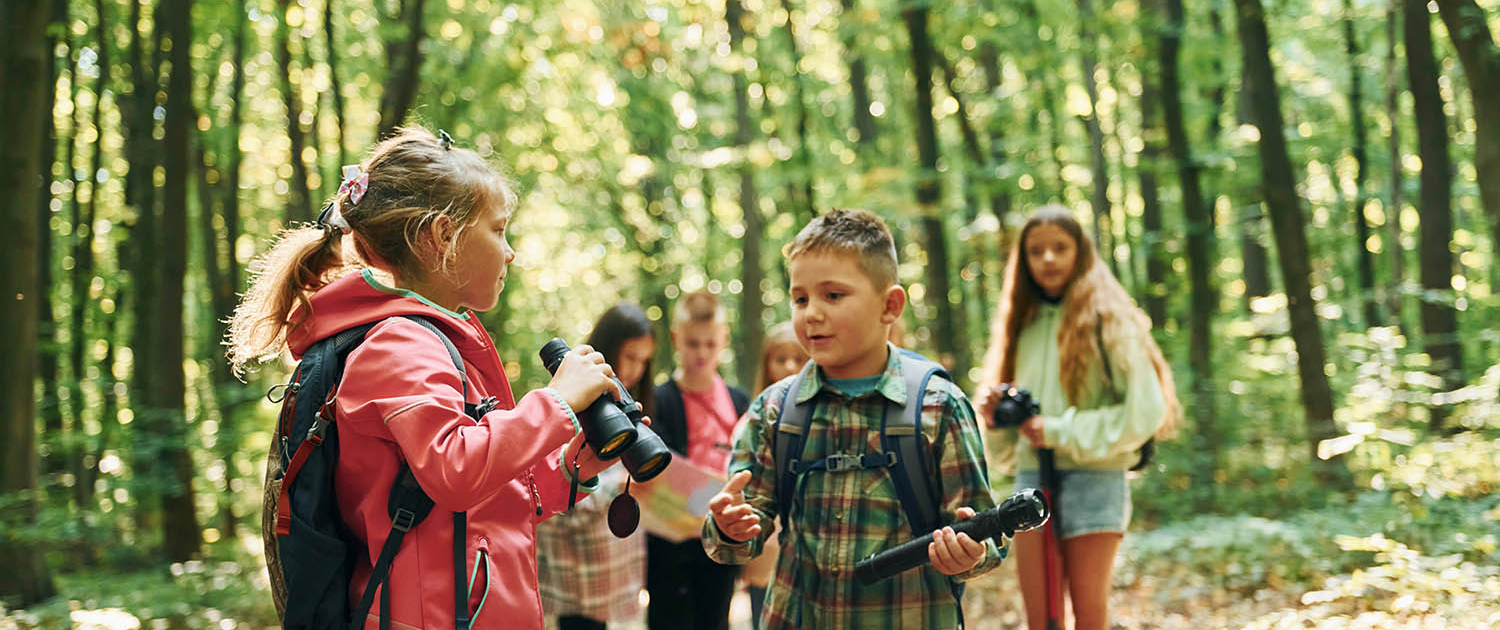When we lay our feet upon the ground whether walking through forests, fields, or city streets we often walk unaware of the stories held beneath us. The soil is not lifeless dirt but a vibrant archive, holding millennia of memory. Within its dark layers lie the echoes of fire, flood, frost, and footsteps, stories imprinted by plants that once flourished, medicines that healed, and foods that sustained entire communities. This earth remembers, and if we pause to listen, it will teach us how to heal and regenerate what has been lost.
The Responsibility of Humanity: Healing Takes Time
Healing the earth is no simple task. The scars of human impact from industrial extraction to sprawling urban growth are deep and lasting. These wounds are not mended within a single lifetime but unfold across generations, measured in ecological cycles far older than our own. The process of bio-regeneration, the natural ability of ecosystems to renew, repair, and restore themselves, depends on intricate relationships between soil nutrients, native plants, and healthy water systems. It is a slow, fragile, and profoundly relational dance, reminding us that human urgency must make room for earth’s rhythms.
The Knowledge Beneath Our Feet: Roots, Networks, Life
Indigenous Peoples have long understood that beneath the surface lies a hidden world of interconnected roots, intertwined fungi networks, and microorganisms working unseen yet essential to the health of all life. These subterranean relationships weave resilience and communication, binding ecosystems together. When native plants vanish or are displaced, these lifelines weaken, unravelling the fabric that sustains water retention, nutrient cycling, and soil fertility.
Restoration is not merely about planting seeds above ground; it is about rekindling these ancient, living connections below the surface. This is where true regeneration begins, life branching out in all its richness, supporting the ecosystem in ways both visible and hidden.
Plant Foods and the Sacred Return to Place
The resurgence of Indigenous plant foods, including ancestral varieties of corn, beans, squash, wild rice, and berries, as well as traditional medicines, embodies a sacred act of returning. It is not just about food security; it is about restoring memory, balance, and a sense of belonging. These plants are not strangers but kin, evolved alongside the waters, soils, pollinators, and seasons of their birthplaces. Their reintroduction reignites that timeless conversation between earth below and sky above, between roots and leaves, a reciprocal renewal of biodiversity and cultural survival.
This symbiotic dance reconnects us to place and each other, reminding us that healing the land means healing the relationships we hold with all living beings around us.
Plant Memory and Indigenous Worldview: Teachers and Relatives
In Indigenous worldviews, plants are not mere objects; they are teachers, relatives, and keepers of knowledge. Their memory is holistic, carried in seeds, genetic code, and the stories they bear. These plants remember the pollinators that visit them, the soils that nourish them, and the people who have harvested and cared for them through generations.
When invasive species erase native plants from a landscape, entire ecosystems lose their stories and identities. Returning to Indigenous plants means reclaiming cultural memory and restoring the deep reciprocity between people, plants, insects, animals, and the earth, a tapestry vital to resilience.
The Challenge of Invasive Species: Disrupting Balance, Disrupting Culture
Across regions like the Great Lakes, invasive species garlic mustard, phragmites, and buckthorn disrupt soil chemistry, shade out seedlings, and monopolize resources crucial to native biodiversity. Aquatic invaders, such as zebra mussels, choke lakes and rivers, threatening native plants and fish that are central to Indigenous lifeways.
These invasives are not just ecological invaders; they fracture cultural relationships cherished for generations. Healing the land thus calls for revitalizing native populations, respecting cultural ties, and reclaiming places from disruption.
The Science of Soil in a Changing Climate: Living Systems Under Siege
Beneath what many call “dirt” lies a living, breathing community of minerals, fungi, and microbes, all orchestrating fertility and resilience. Climate change, however, exerts a significant impact on soil systems. More frequent droughts, harsh floods, and unchecked erosion strip away nutrients and vitality.
Without healthy soil, plants falter, medicines become scarce, and entire livelihoods falter. The foundation of plant-based economies, from Indigenous harvests to broader food systems, wavers as soil health declines.
Indigenous Stewardship: Seeds, Sanctuaries, and Sovereignty
Across Turtle Island, Indigenous communities answer this call with fierce care. Community seed banks protect ancestral varieties, not merely genetic stock, but living relatives that hold stories, teachings, and ecological memory. Each seed is sovereignty in waiting.
Restoration efforts abound: the Haudenosaunee nurture seed libraries that preserve heirloom plants, while the Anishinaabe work tirelessly to heal wild rice beds ravaged by industry. These projects are ecological and profoundly cultural, reinforcing responsibilities that begin beneath our feet.
Returning the Mind to the Earth: Reciprocal Healing
The soil is a patient teacher, reminding us that life thrives on reciprocity and balance. When humans take without giving back, the earth remembers. To restore ecosystems, revive plant medicines and foods, and safeguard biodiversity, we must ground our minds and spirits in the wisdom of the earth itself.
Healing is a long journey, a patient’s work of bio-regeneration and restoration. Returning Indigenous plants to their homes and honouring their relationships is a practice of humility. It calls us to be kin, caretakers, and students of the land’s memory.
Only then can we fully step into our role as stewards of the soil, the plants, and the possibilities for generations yet to come.
Blog by Rye Karonhiowanen Barberstock
(Image Credit: Erone Stuff, Unsplash)



